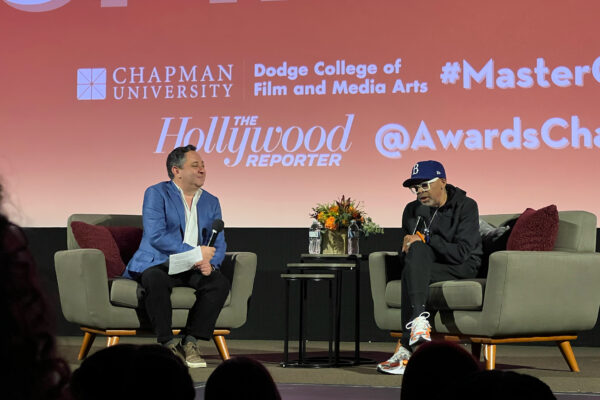Everyone knows that the Affordable Care Act was a major issue in the 2012 presidential race. Now a bit of scholarly Monday morning quarterbacking by a Chapman University student has helped shed some insight into the role television advertising played in that debate.

Alumnus Brett Robertson ’14 was an undergraduate when he helped professors from the departments of Political Science and Communication Studies on a collaborative research project examining the strategies both campaigns used when the healthcare issue was at the forefront. The results are reported in a chapter that will appear in a new textbook, alieNATION The Divide & Conquer Election of 2012, to be published by Peter Lang International Academic Publishers.
The opportunity to participate in such research was eye-opening, Robertson says.
“These ads are more calculated than we might think,” says Robertson, a native of St. Paul, Minn. The book chapter was co-written with Ann Gordon, Ph.D., associate professor in the Department of Political Science and director of The Henley Social Sciences Research Laboratory, and Lisa Sparks, Ph.D., professor and director, Health and Strategic Communication Program; chair, in the Department of Communication Studies.
Among the research tasks Robertson conducted was a thorough viewing of 100 campaign videos produced by the campaigns and a vast number of support groups. Robertson created a coding system to record the myriad techniques and strategies employed. The findings revealed a variety of tendencies in both camps, from the stylistic – most commercials used anonymous narrators – to content design – the majority employed highly visual emotional appeals to voters’ core values.
“With the healthcare ads we saw that it was more about the image, versus the issue. We would see a lot of ads that focused on nothing relevant to a candidate,” Robertson says.
Robertson begins graduate work this fall at California State University, Fullerton, where he received a teaching assistantship. This summer he continues to work as the Henley Lab coordinator, helping other undergraduates with their ongoing research projects in the social sciences.




Add comment